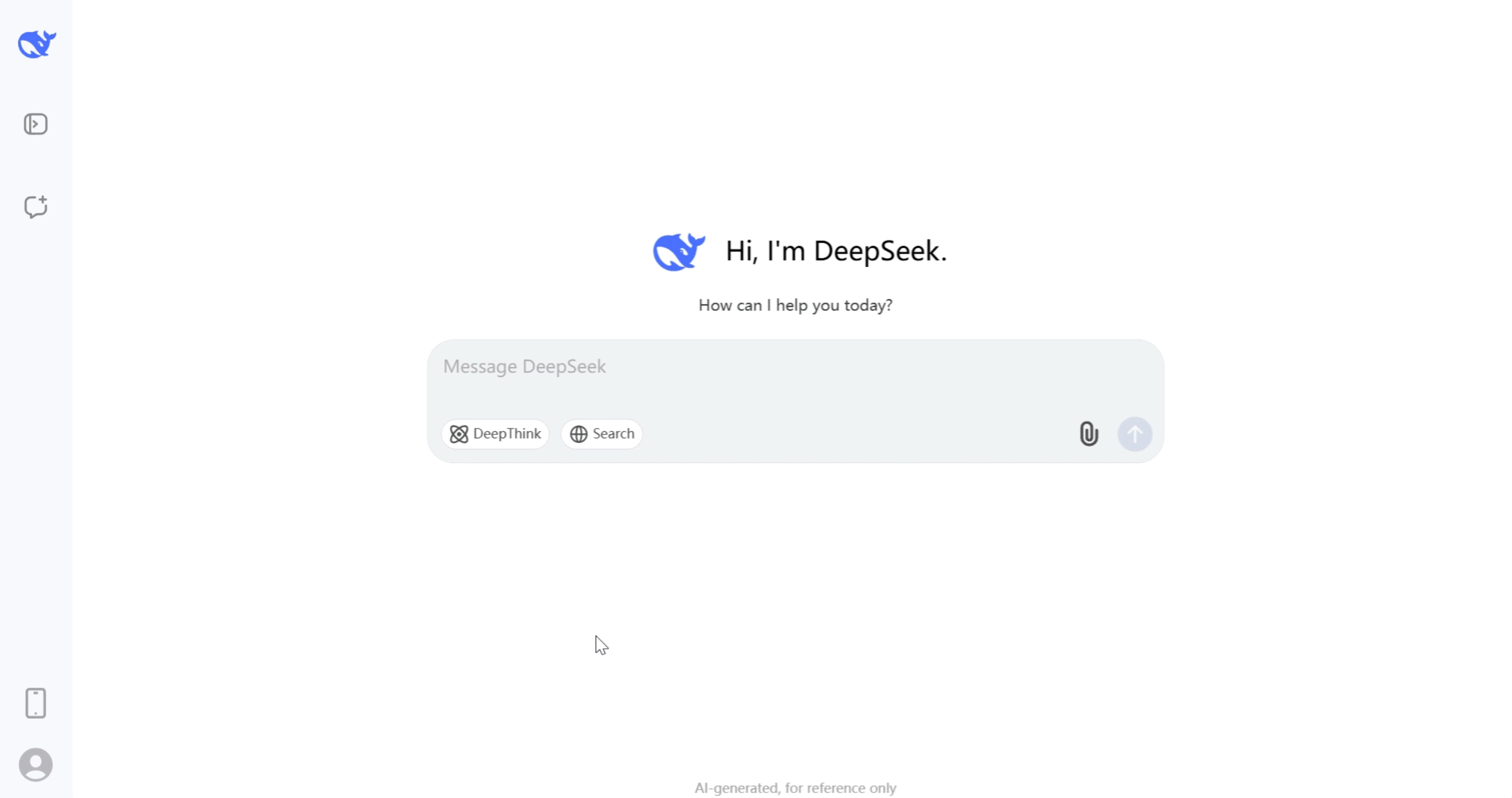 DeepSeek could present that turning off entry to a key know-how doesn’t essentially imply the United States will win. Within the decoding stage, the batch measurement per professional is relatively small (normally within 256 tokens), and the bottleneck is reminiscence access somewhat than computation. Additionally, to reinforce throughput and disguise the overhead of all-to-all communication, we are also exploring processing two micro-batches with similar computational workloads simultaneously within the decoding stage. “”BALROG is tough to unravel via simple memorization – all of the environments used within the benchmark are procedurally generated, and encountering the identical occasion of an setting twice is unlikely,” they write. An experimental exploration reveals that incorporating multi-selection (MC) questions from Chinese exams significantly enhances benchmark performance. Take a look at the leaderboard here: BALROG (official benchmark site). Basic arrays, loops, and objects had been comparatively straightforward, though they offered some challenges that added to the joys of figuring them out. This put up was extra round understanding some elementary concepts, I’ll not take this learning for a spin and check out deepseek-coder model.
DeepSeek could present that turning off entry to a key know-how doesn’t essentially imply the United States will win. Within the decoding stage, the batch measurement per professional is relatively small (normally within 256 tokens), and the bottleneck is reminiscence access somewhat than computation. Additionally, to reinforce throughput and disguise the overhead of all-to-all communication, we are also exploring processing two micro-batches with similar computational workloads simultaneously within the decoding stage. “”BALROG is tough to unravel via simple memorization – all of the environments used within the benchmark are procedurally generated, and encountering the identical occasion of an setting twice is unlikely,” they write. An experimental exploration reveals that incorporating multi-selection (MC) questions from Chinese exams significantly enhances benchmark performance. Take a look at the leaderboard here: BALROG (official benchmark site). Basic arrays, loops, and objects had been comparatively straightforward, though they offered some challenges that added to the joys of figuring them out. This put up was extra round understanding some elementary concepts, I’ll not take this learning for a spin and check out deepseek-coder model.
Emergent habits community. deepseek ai china (similar site)’s emergent conduct innovation is the invention that advanced reasoning patterns can develop naturally by way of reinforcement learning without explicitly programming them. Compared with DeepSeek-V2, we optimize the pre-training corpus by enhancing the ratio of mathematical and programming samples, while increasing multilingual coverage beyond English and Chinese. This strategy ensures that errors stay within acceptable bounds while sustaining computational effectivity. Also, our data processing pipeline is refined to attenuate redundancy while maintaining corpus diversity. Finally, we’re exploring a dynamic redundancy technique for specialists, the place every GPU hosts extra specialists (e.g., Sixteen experts), however solely 9 might be activated during each inference step. We are also exploring the dynamic redundancy technique for decoding. Are we actually certain that is a big deal? For the MoE half, each GPU hosts only one skilled, and sixty four GPUs are answerable for internet hosting redundant experts and shared experts. • Forwarding knowledge between the IB (InfiniBand) and NVLink domain while aggregating IB visitors destined for a number of GPUs within the same node from a single GPU. • Managing tremendous-grained reminiscence format during chunked information transferring to multiple consultants across the IB and NVLink domain.
For the reason that MoE half only needs to load the parameters of one professional, the reminiscence access overhead is minimal, so using fewer SMs is not going to considerably affect the overall performance. Why this matters – compute is the one thing standing between Chinese AI firms and the frontier labs in the West: This interview is the newest example of how access to compute is the one remaining factor that differentiates Chinese labs from Western labs. To handle this inefficiency, we suggest that future chips integrate FP8 cast and TMA (Tensor Memory Accelerator) entry right into a single fused operation, so quantization will be completed during the transfer of activations from international reminiscence to shared memory, avoiding frequent reminiscence reads and writes. In our workflow, activations through the forward go are quantized into 1×128 FP8 tiles and saved. In the present process, we have to learn 128 BF16 activation values (the output of the previous computation) from HBM (High Bandwidth Memory) for quantization, and the quantized FP8 values are then written again to HBM, only to be read again for MMA.
Alternatively, a near-reminiscence computing strategy could be adopted, the place compute logic is placed close to the HBM. Through the backward cross, the matrix needs to be learn out, dequantized, transposed, re-quantized into 128×1 tiles, and saved in HBM. The current structure makes it cumbersome to fuse matrix transposition with GEMM operations. In the present Tensor Core implementation of the NVIDIA Hopper structure, FP8 GEMM (General Matrix Multiply) employs fastened-point accumulation, aligning the mantissa products by right-shifting based mostly on the maximum exponent earlier than addition. Current GPUs solely assist per-tensor quantization, lacking the native assist for effective-grained quantization like our tile- and block-clever quantization. Support for Tile- and Block-Wise Quantization. Support for Online Quantization. Support for Transposed GEMM Operations. With this unified interface, computation items can easily accomplish operations equivalent to read, write, multicast, and cut back throughout the whole IB-NVLink-unified area through submitting communication requests primarily based on easy primitives. • Executing scale back operations for all-to-all combine.
